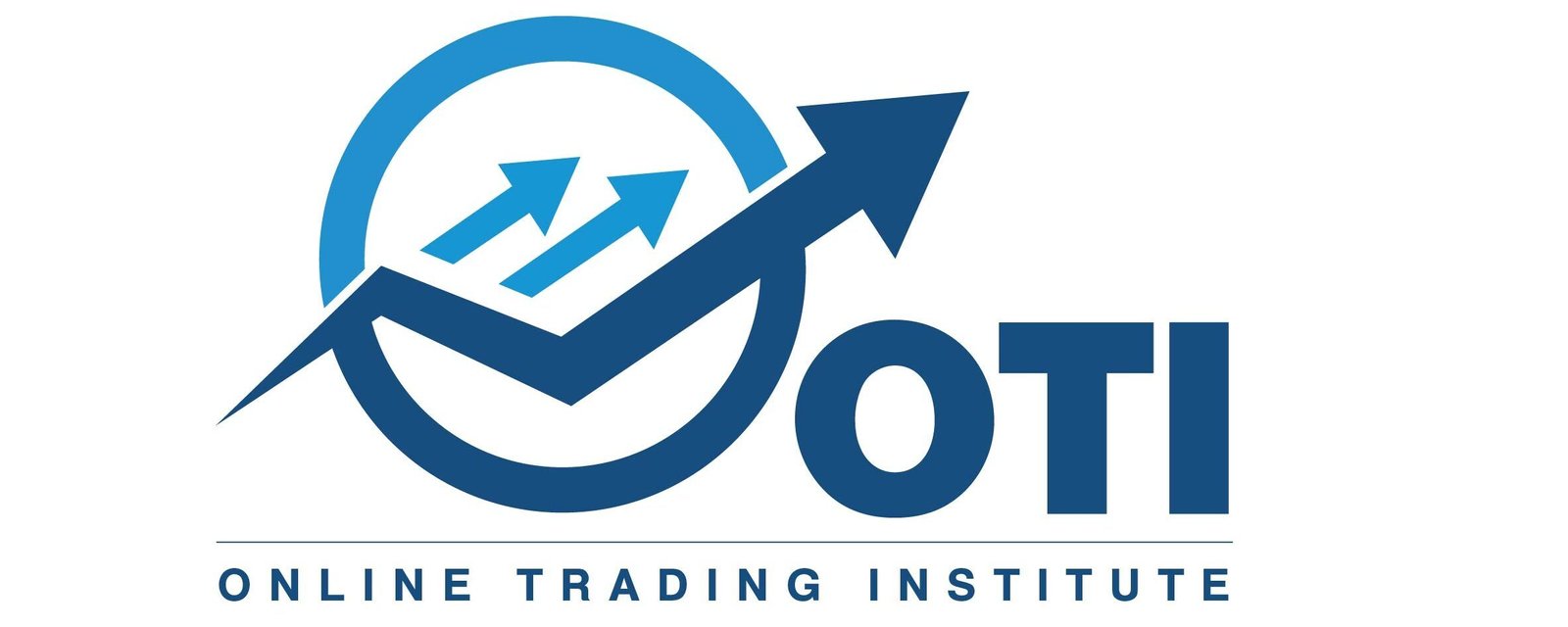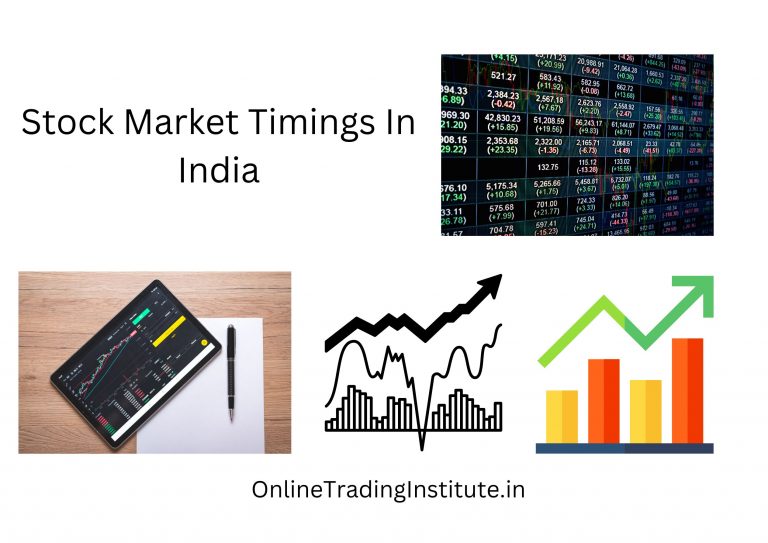No Relief from the Fed! How Powell’s Hawkish Move Impacts Indian Equities
“Our obligation is to keep longer-term inflation expectations well anchored,” Powell stated. His remarks made it clear: the Fed is not about to hit the panic button just because the markets are jittery.
Will Powell Cut Rates? Don’t Count On It Just Yet
In a much-anticipated statement, U.S. Federal Reserve Chair Jerome Powell confirmed that interest rate cuts are not on the horizon. Speaking at the Economic Club of Chicago, Powell highlighted concerns around inflationary pressures and tariff-induced economic distortions. For Indian traders and investors keeping a close eye on global cues, this statement is a red flag—indicating the Fed is holding its ground rather than extending a helping hand to the markets.
For the Indian trading community, this stance sends a strong signal. The U.S. central bank’s reluctance to cut rates could lead to tightened global liquidity, directly impacting foreign institutional flows (FIIs) into emerging markets like India.
Market Reactions: Volatility, Panic, and Tech Troubles
What followed Powell’s announcement was nothing short of market mayhem. The S&P 500 dropped 3.2%, with tech-heavy indices like the Nasdaq 100 plunging further. Nvidia shares tumbled almost 10%, dragging the Philadelphia Semiconductor Index down nearly 7%.
This massive correction shows how over-leveraged and emotionally driven the markets had become, hoping for a rate cut rescue. For Indian equity investors, especially those exposed to global tech or U.S.-facing mutual funds, this serves as a reality check.
What Indian Investors Should Do Now?
For traders in India, the Fed’s hawkish stance combined with unpredictable U.S. trade policies creates a tricky terrain. The rupee could face pressure if foreign inflows slow, and Indian equities might see increased volatility—especially in sectors like IT and Pharma, which are closely tied to U.S. dynamics.
Here’s what investors can consider:
- Focus on domestic fundamentals: India’s own growth story remains strong, with steady GST collections, infrastructure push, and better-than-expected earnings in some sectors.
- Watch global cues, but don’t react impulsively: Avoid knee-jerk reactions to U.S. market sell-offs. Use them as opportunities to buy fundamentally strong Indian stocks at lower valuations.
- Diversify smartly: A portfolio that’s spread across equities, bonds, and global ETFs can help cushion against volatility.
- Keep an eye on U.S. data: Inflation, unemployment, and retail trends in the U.S. will continue to influence Fed decisions and, by extension, impact Indian markets.
IT Sector: Facing Headwinds From U.S. Slowdown
The Indian IT industry draws a large chunk of its revenue—up to 60%—from North America. So, when the U.S. economy slows or when corporate budgets shrink, IT spending is often one of the first to be slashed.
- Deal closures could get delayed, especially in discretionary and digital transformation projects.
- Margins may come under pressure due to wage inflation and high bench costs.
- A strong dollar could provide some cushion, as revenue in USD converts favourably to INR.
However, Tier-1 players like TCS, Infosys, and HCL Tech with deep client relationships may weather the storm better than midcaps.
Pharma Sector: Defensive Play with Dollar Tailwinds
Indian pharmaceutical companies are relatively better positioned during U.S. rate hike cycles. Why? Because healthcare demand in the U.S. is less cyclical, and many Indian drugmakers are deeply entrenched in the U.S. generics market.
- Companies like Sun Pharma, Dr. Reddy’s, and Lupin are likely to benefit from the strong dollar.
- Cost pressures might emerge due to inflation in raw material prices, but this is partly offset by operating leverage.
- Any major disruption in U.S. regulatory approvals, however, could dampen sentiment.
Auto Sector: In a Tough Spot
The auto industry is heavily influenced by both domestic consumption and global input costs. A tighter U.S. policy stance can create multiple challenges:
- Currency volatility may raise import costs for components.
- If U.S.-led global growth slows, demand for Indian auto exports could dip.
- Rising interest rates worldwide also make auto loans costlier, possibly dampening domestic demand.
That said, segments like EVs and luxury vehicles may remain resilient, especially with government subsidies and premium demand holding up.
Final Thoughts: It’s a Wait-and-Watch Game
Powell’s comments made one thing clear—the Fed will not be swayed by market noise. For Indian investors, that means navigating global uncertainty with caution and clarity. The days of easy money and rate cut hopes may be behind us, at least for now.
In such times, it pays to be grounded in sound financial education, to stay updated on both global and domestic events, and to align your trading strategy accordingly.
Disclaimer: The views and investment insights provided here are based on publicly available information and do not constitute financial advice. Readers are advised to conduct their own research or consult certified financial experts before making investment decisions.




